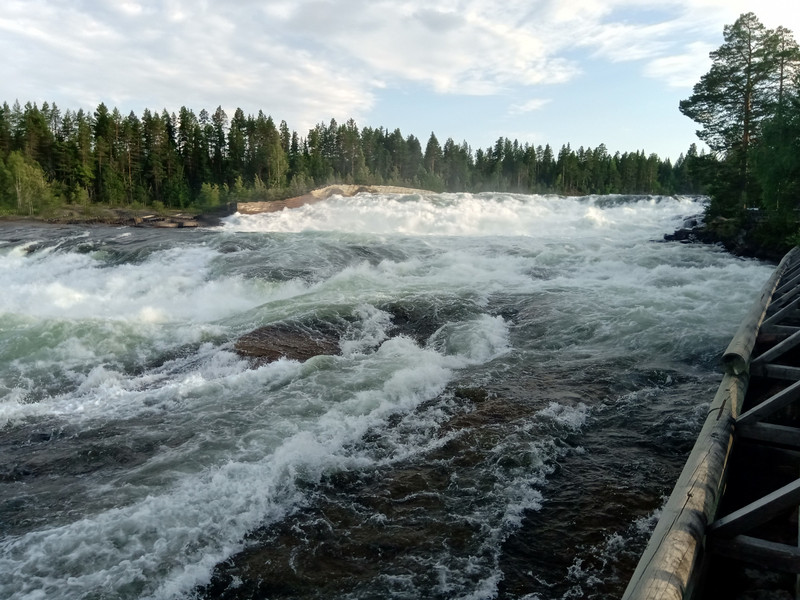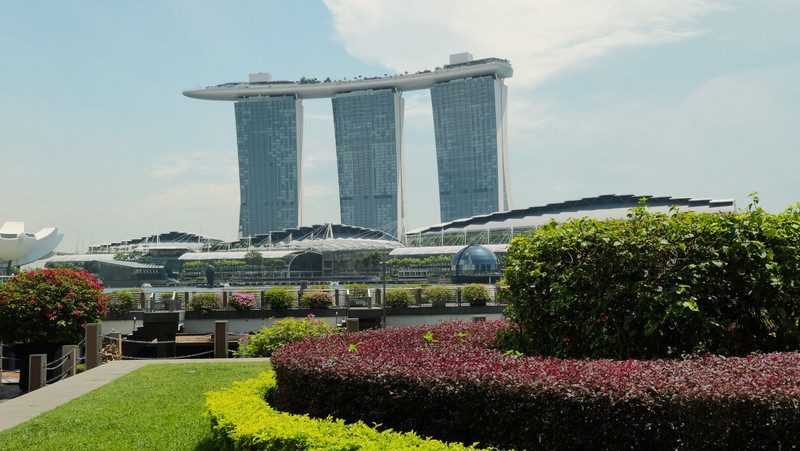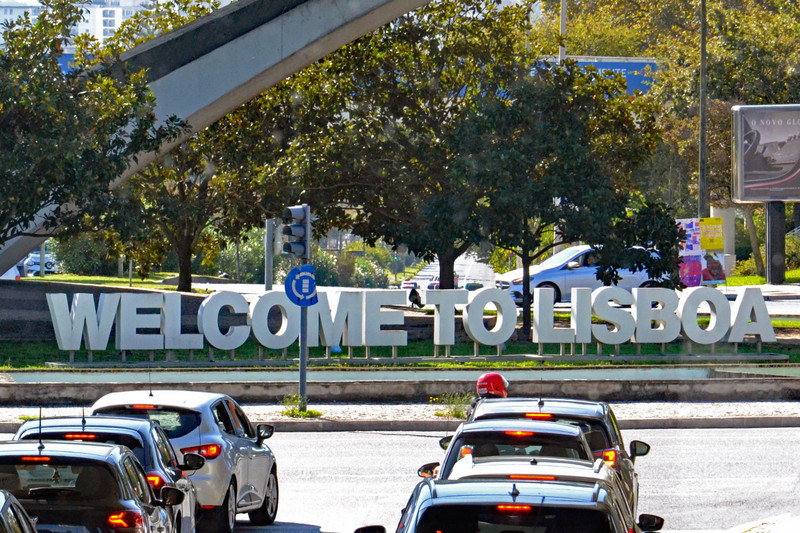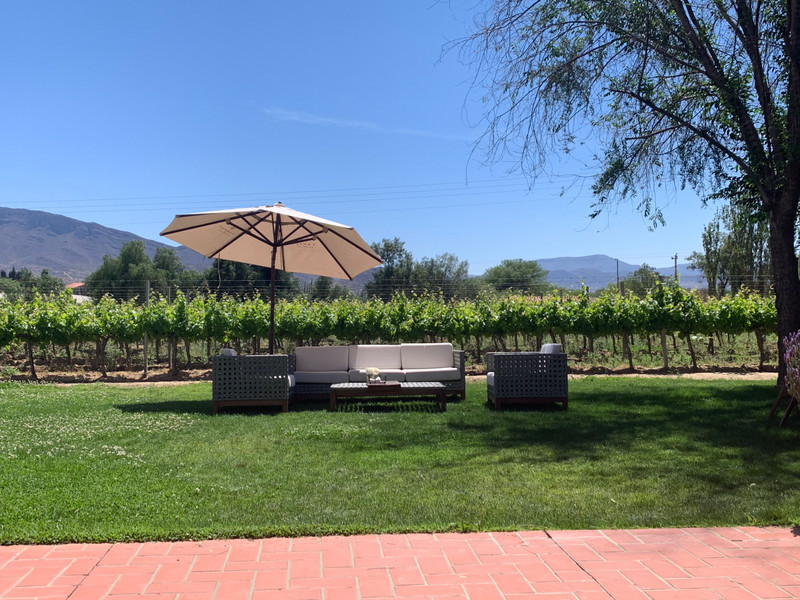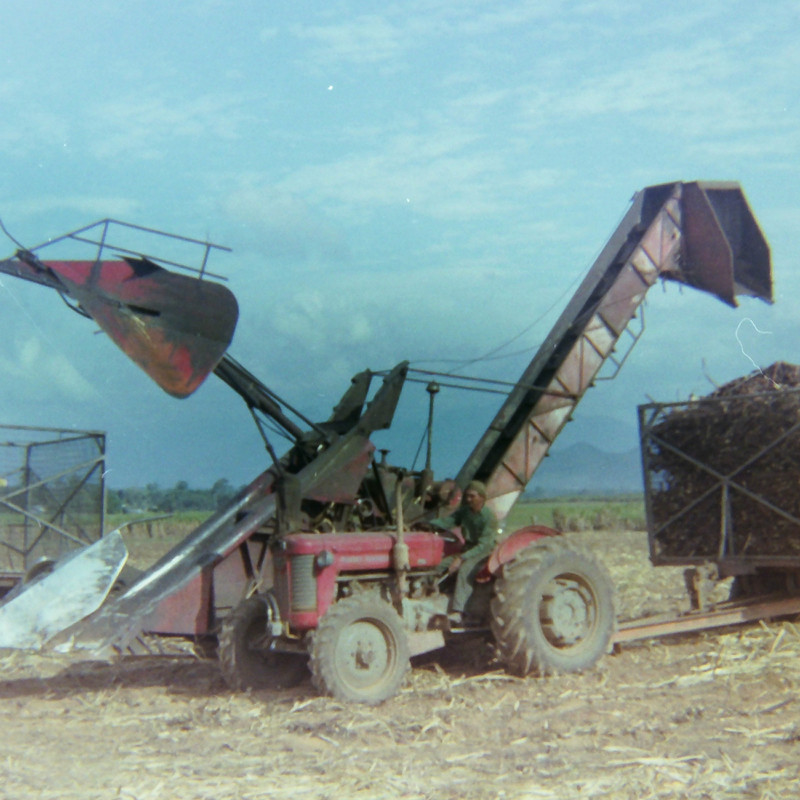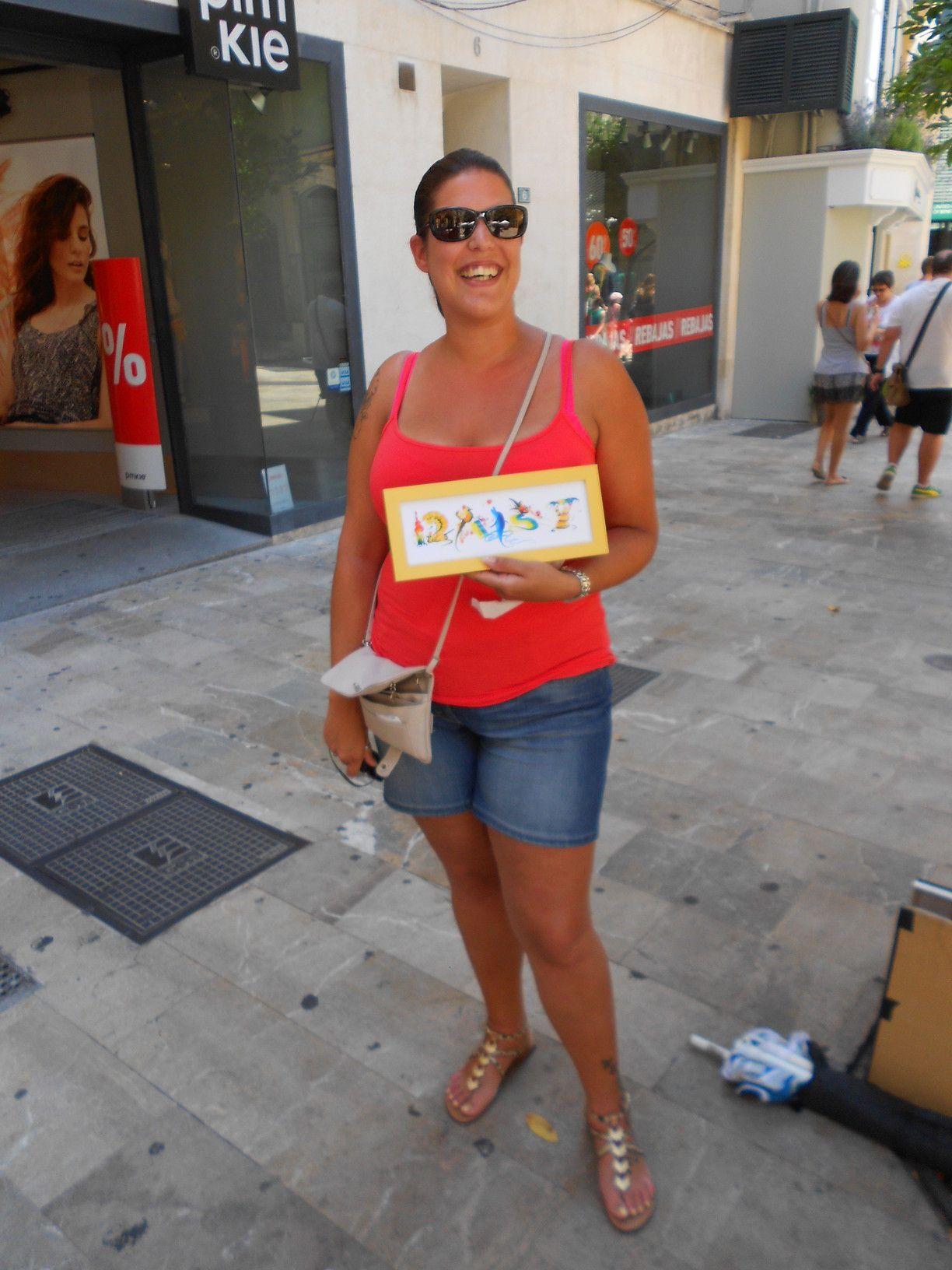Storforsen, or the Great Rapid, is not only the largest rapid in Sweden. It would rank pretty high on a list of the greatest rapids in Europe as well.
Swedens largest rapid, Swedens largest ghost town, the worlds highest wooden house and the worlds largest cheese slicer
Something we learnt this summer while travelling in northern Sweden is that although there are plenty of rivers in this country there are not many waterfalls. Instead there are plenty of rapids, and they can be pretty spectacular too. We will start this blog entry by writing about the largest rapid in all of Sweden, Storforsen.
Storforsen, or the Great Rapid, is not only the largest rapid in Sweden. It would rank pretty high on a list of the greatest rapids in Europe as well. The rapid is untouched by the hydro power industry, as is the entire Pite River which is the river that feeds Storforsen. But Storforsen has sort of been regulated by the logging industry when the river was used for transporting timber from the forests to the coast. To enable log driving on Pite River, the water flow was altered slightly leaving a strip that used to be part of the rapid dry.
pine tar was a big industry in Sweden. The pine tar was mainly produced in northern Sweden and in also what today in Finland. The tar was then brought to Stockholm where it was refined before it was exported. So much tar was exported from Stockholm that internationally pine tar was often called Stockholm tar.
We had no knowledge of this until about a year ago when we read an article about the Swedish pine tar industry. We have never heard about it in School and we have not learnt about this in other ways either. Now that we know that Sweden was a world leading producer of pine tar for a hundred years or so we have managed to dig up some tiny bits of information. We have found a plaque on Beckholmen in Stockholm, the island where the tar production was concentrated, mentioning it very briefly. We have also seen some tar production pits. It is likely that these tar production pits are reconstructed since the original ones most likely have not survived the 200 years or so that has passed since they were used last time.
was a town that grew up around a mine in Norrbotten. The town was carefully planned and was labelled as a model town. Even internationally Laver received some attention thanks to the modern layout of the town. After a few years they realised that it was not possible to make Laver mine profitable and it was closed down. The town then became obsolete, as there was nothing else there to make people stay, and everybody who lived there moved. Most of the buildings were dismantled and Laver became a ghost town. Today there are only fundaments and a few walls left of the buildings that once stood in Laver. But it is easy to navigate in the ghost town because there are plenty of signs telling what function each building used to have.
In the blog entry that covered the days we were in Lule we wrote about Gammelstaden church town. That one is the largest and best preserved of the historical church towns that once existed in northern Sweden. When we were in Pite town we decided that we wanted to see one more of the few church towns that still exist
But Storforsen has sort of been regulated by the logging industry. The water flow has been altered slightly leaving a strip, that used to be part of the rapid, dry.
Not surprisingly it was very similar to Gammelstaden. jebyn was a bit smaller but we felt that it actually was a bit nicer and prettier than Gammelstaden.
One notable person, Daniel Solander , came from jebyn. He was one of Carl Linnaeus students and he made important contributions to science by studying plant life in Australia and New Zealand.
This is a child rhyme but is also the names of five historical settlements in Skellefte Municipality. In the 19th century a land surveyor was given the task of naming these five settlements.
